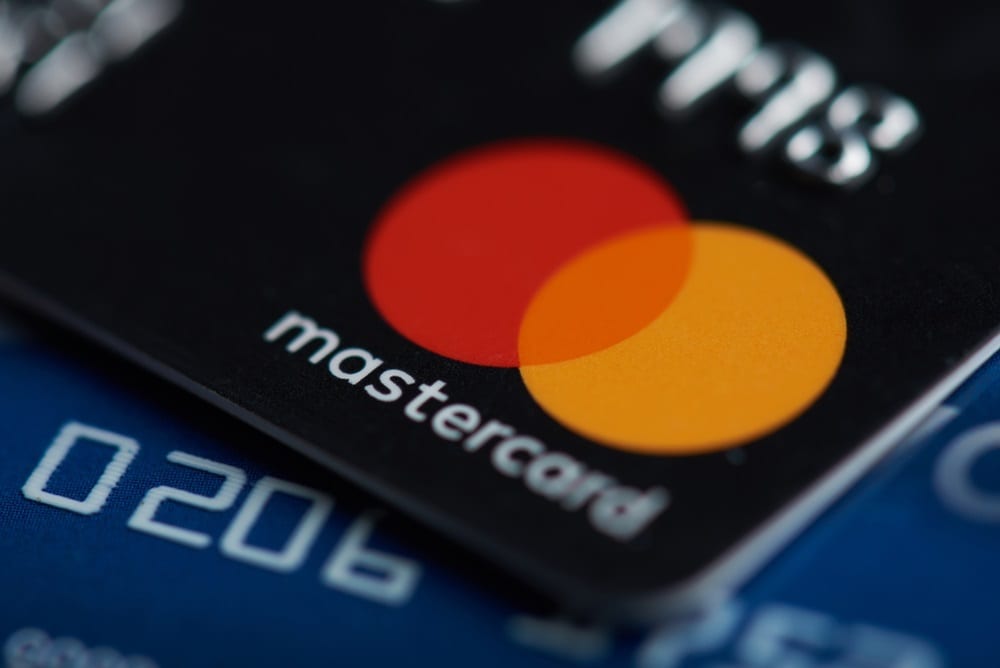The across-the-board rate rise also produces larger gains for the merchant support provider. In the long run, the vendor eventually ends up paying more to Visa and MasterCard for the interchange category which in fact has been increased and more to their business supplier for groups that haven’t really been increased. Interchange increases are more translucent on an interchange plus pricing framework than they’re on tiered, but it’s however next best. Interchange plus goes genuine interchange fees to suppliers along with a set improve from the business service provider. Since suppliers are spending real interchange, they won’t pay higher prices on interchange categories that haven’t actually increased.
The weakness with interchange plus isn’t therefore significantly in how raises in interchange expenses affect merchant-level pricing, it’s that interchange plus is really a volume-based pricing structure. That means that the more a merchant operations, the more they will spend in expenses and the more the company will make in profit. When Charge and MasterCard increase an interchange class, the merchant pay a fixed percentage around interchange with their business service provider along with the higher interchange percentage.
The transparency of interchange plus pricing is great, but to be able to clearly see your expenses increases easily drops its comforting appeal. Flat charge merchant account pricing is even more transparent than interchange plus and oahu is the just type of pricing that is not volume-based. That means that the merchant gives the exact same regular fee with their business supplier regardless of how much they process. On a flat price pricing framework raises in interchange charges are passed directly to the merchant. You can find number additional fees from the provider at all what is interchange.
There is a very steep learning curve when it comes to bank card processing. Much of the frustration originates from sophisticated business consideration pricing versions developed to maximise profits and increase vendor retention through charges which can be more expensive than they seem. Most of these pricing models are derived from interchange – realize interchange, and you’re well on your way to keeping a lot on charge card running fees.
The simplest way to interpret interchange is whilst the wholesale charge and payment that the company pays to simply accept credit cards. Interchange fees are set by stakeholders of Credit and MasterCard and they are up-to-date twice per year in April and October. Interchange cost schedules are plentiful from Charge and MasterCard’s particular sites – but prior to going examining them out, know that there are certainly a couple hundred interchange categories between the card associations.
The absolute number of expenses is intimidating, nonetheless it does not have to be. Actually, several interchange fees are for particular company types or organizations with a certain processing profile. Common vendors do not need certainly to worry about these categories. That you do not need certainly to memorize the interchange cost schedules, just understand that interchange charges are the basis for several merchant bill pricing models. It does not matter if your merchant account features a tiered pricing design, interchange plus or improved recover paid off (ERR). Each of them utilize the same interchange costs as a basis for charges.
How different pricing models behave upon the main interchange fee is why is them just about costly and also just about translucent to the merchant. Let us have a look at tiered pricing for example. A tiered pricing model operates by reducing most of the interchange charges down seriously to just a couple of categories. The cheapest rate on a tiered merchant bill known as the competent rate is what’s referred to as a missing head in the industry.